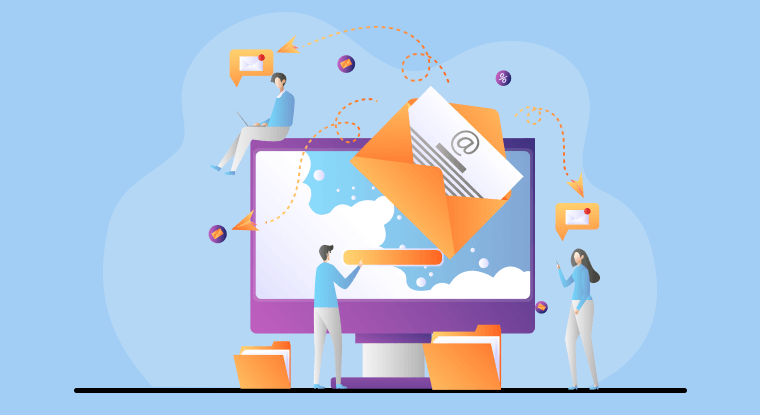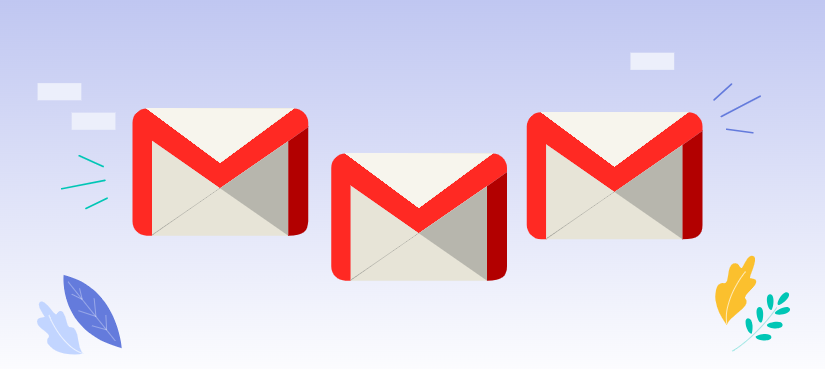Introduction to Email Services
Email services have become an integral part of our personal and professional lives. They provide a convenient way to communicate with friends, family, colleagues, and clients. While there are numerous email providers available, two of the most popular options are Gmail and Outlook.
Both Gmail and Outlook offer a range of features and functionalities, but they have distinct strengths and weaknesses. In this article, we will compare Gmail and Outlook to help you determine which one is better suited for your needs.
Is Gmail Better Than Outlook for Personal Use?
When it comes to personal use, both Gmail and Outlook offer excellent features. However, Gmail is often considered superior due to its simplicity, integration with Google services, and robust spam filtering.
Gmail's clean interface and intuitive design make it easy to use, even for those who are not tech-savvy. Additionally, Gmail seamlessly integrates with other Google services like Google Calendar, Google Drive, and Google Photos, allowing you to manage your entire digital life from one platform.
Outlook, on the other hand, is often associated with Microsoft Office and is a popular choice for users who are already familiar with the Microsoft ecosystem. Outlook offers a more traditional email experience with features like calendar integration, task management, and contact management.
Key Features of Gmail vs. Outlook
| Feature | Gmail | Outlook |
|---|---|---|
| Interface | Clean and intuitive | More traditional and feature-rich |
| Integration | Seamless integration with other Google services | Integrated with Microsoft Office |
| Spam Filtering | Excellent spam filtering | Good spam filtering, but may require additional customization |
| Storage | Generous free storage | Limited free storage, but offers paid plans |
| Calendar | Built-in calendar | Built-in calendar |
| Contacts | Built-in contact management | Built-in contact management |
| Offline Access | Available with Gmail Offline extension | Available with Outlook app |
Is Gmail Better Than Outlook for Business?
While both Gmail and Outlook can be used for business purposes, Gmail is often preferred due to its collaborative features, affordable pricing, and robust security.
Gmail's collaboration features, such as shared labels and shared inboxes, make it easy for teams to work together efficiently. Additionally, Gmail offers affordable pricing plans, making it a cost-effective option for businesses of all sizes.
Outlook, on the other hand, is often associated with larger enterprises due to its integration with other Microsoft products and its advanced features like Exchange Online. However, Outlook can be more expensive for smaller businesses.
Advantages of Using Gmail in a Professional Setting
- Collaboration: Shared labels and shared inboxes make it easy for teams to work together.
- Affordability: Gmail offers affordable pricing plans for businesses of all sizes.
- Security: Gmail has strong security measures to protect your data.
- Integration: Seamless integration with other Google services like Google Drive and Google Meet.
- Mobile app: Gmail offers a user-friendly mobile app for on-the-go access.
Comparison of Gmail and Outlook Features
| Feature | Gmail | Outlook |
|---|---|---|
| Collaboration | Shared labels, shared inboxes | Shared calendars, shared folders |
| Pricing | Affordable for businesses of all sizes | Can be more expensive for smaller businesses |
| Security | Strong security measures | Strong security measures |
| Integration | Seamless integration with other Google services | Integration with other Microsoft products |
| Mobile app | User-friendly mobile app | User-friendly mobile app |
Pros and Cons of Gmail vs. Outlook
Gmail
Pros:
- Simple and intuitive interface
- Seamless integration with other Google services
- Excellent spam filtering
- Generous free storage
- Affordable pricing for businesses
Cons:
- Limited customization options compared to Outlook
- May not be ideal for users who are deeply invested in the Microsoft ecosystem
Outlook
Pros:
- Traditional email experience with features like calendar integration and task management
- Integration with other Microsoft products
- Advanced features like Exchange Online
- Customizable interface
Cons:
- Can be more expensive for smaller businesses
- May have a steeper learning curve for new users
Conclusion
Before finalizing your choice of email providers, you can ask yourself what you really need from your email service, which can help you make an informed decision. Here are some questions to consider:
- How much do I rely on email?
- How important is it that my email be secure?
- Which email features will I use the most?
- How many people will be using the email service?
- Will the email service work with other tools that I already have?
All in all, the best email service for you depends on your specific needs and preferences. Of course, you can use both and manage them together via a single platform: MultCloud. It allows you to convert Gmail or Outlook emails as PDF format. After that, you can download them to your local hard drive, or transfer them to cloud drives as a backup.

- Easy Migration: Simple setup with no technical skills required.
- Format Conversion: Convert emails (attachments) into PDF type.
- Selective Migration: Choose specific folders or labels to migrate.
- Data Integrity: Ensures that emails and attachments are preserved.
- Bulk Migration: Allows migration of multiple accounts simultaneously.
- Automatic: Set up a schedule to make task automatically run as preferred.
- Offline: Transfer, sync or backup cloud data online without going through local.
MultCloud Supports Clouds
-
Google Drive
-
Google Workspace
-
OneDrive
-
OneDrive for Business
-
SharePoint
-
Dropbox
-
Dropbox Business
-
MEGA
-
Google Photos
-
iCloud Photos
-
FTP
-
box
-
box for Business
-
pCloud
-
Baidu
-
Flickr
-
HiDrive
-
Yandex
-
NAS
-
WebDAV
-
MediaFire
-
iCloud Drive
-
WEB.DE
-
Evernote
-
Amazon S3
-
Wasabi
-
ownCloud
-
MySQL
-
Egnyte
-
Putio
-
ADrive
-
SugarSync
-
Backblaze
-
CloudMe
-
MyDrive
-
Cubby


